








MIDWEEK UPDATE 3 JULY 2019Plan Your Weekend……...Forthcoming Events……..Aviation News Worldwide Incidents and Accidents……This Week in Aviation History       13: SAPFA Hoedspruit Fun Rally Hoedspruit Civil Airfield. Contact Frank Eckard cell: 083 269 1516 e-mail: frank.eckard@mweb.co.za 20: Lowveld Speed Run Radio Control Pylon Racing. For more information go to www.pylonracing.co.za 22-28: EAA AirVenture Oshkosh, Wisconsin, USA. Camping on the airfield contact Neil Bowden E-mail: neil1@telkomsa.net. Hotels in Appleton contact Calvin Fabig E-mail: calvin@designer.co.za 25-27: Brits - Air Navigation Race (ANR) Nationals - Brits Airfield. Contact Frank Eckard e-mail: frank.eckard@mweb.co.za cell: 083 269 1516   3 & 4: SAC KZN Regionals Ladysmith airfield. Contact Annie Boon e-mail: chunge@mweb.co.za 9: Pilot Insure 6th Speed Rally in Secunda 2019. Contact Jonty Esser 082 855 9435 21-31: SAC Unlimited World Championships in France. Contact Annie Boon e-mail: chunge@mweb.co.za 24: Bethlehem Airshow. Contact Stephan Fourie e-mail: fouriesj1491@gmail.com 26-31: SAPFA World Precision Flying Championships - Castellon Spain. Contact Hans Schwebel cell: 082 656 3005 e-mail: hans.s@britsgranite.co.za   7: SAAF Museum Airshow AFB Zwartkop. 7: SAPFA Grand Central Fun Rally - Grand Central Airport. Contact Rob Jonkers cell: 082 804 7032 e-mail: rob@aerosud.co.za 14: Vans RV Fly-in to Kitty Hawk. Contact Frank van Heerden e-mail: frankvh@sandown.co.za. website: www.fakt.co.za 8-13: World ANR Championships - Santa Cruz Portugal - Contact Hans Schwebel e-mail: hans.s@britsgranite.co.za cell: 082 656 3005 21-22: PMS South Africa is proud to present the South African Nationals 2019, hosted by IPMS Cape Peninsula. This is the premier event on the South African scale modelling calendar and promises to attract the cream of the crop in scale plastic modelling. 24: The Heidelberg Great Train Race. https://web.facebook.com/TheHeidelbergGreatTrainRace/?eid=ARBx-2zLsoqjpqBcpKYxGdR_yR7jJs5m5st4OVVbm34Ogue5sDv9rLen98AFn-eQgyEfHXnfvu4Z_4sJ     THE H145: HIGH ABOVE THE OCEAN WATERS IN SOUTH AFRICA  Operating an Airbus H145 helicopter from their base in Durban, South Africa, Acher Aviation serves the offshore oil and gas industry's air transportation needs. Photo © Airbus. In the coastal environment of South Africa's third-largest city, where annual temperatures range from 18 to 30 oC, the twin-engine H145's power and performance are adapted to the rigours of its hundreds of flight hours per year. With daily operations that traverse Durban's popular Golden Mile beaches and world-renowned surf sites, Acher's choice in helicopter took in the H145's good one-engine inoperative performance and Helionix avionics, safety attributes that contribute to the operator's record of successful hoists and transports.  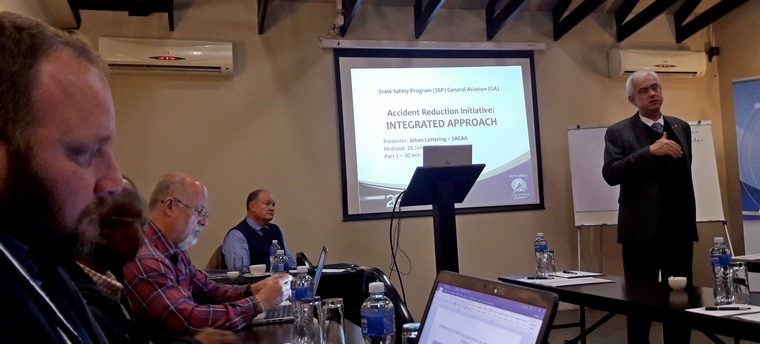 The International Civil Aviation Organization (ICAO) requires contracting states like South Africa to devise and implement region-specific State Safety Programmes (SSP). Implementation has to take place on 1 Apr. 2020. The requirement was communicated to the Ministry of Transport and transferred via the National Dept. of Transport (NDT) to the Director of Civil Aviation (DCA) of SACAA. A main reason for compliance is to achieve a clean audit which would help maintain the current ranking. Photo © Willie Bodenstein. South Africa is currently no. 32 out of 195 ICAO members worldwide and no. 1 on the continent of Africa. South African pilot licences are subsequently recognized in an increasing number of countries. Foreign licence holders may represent over 10 percent of the 26 000 current licence holders. Compliance with the SSP GA initiative is hence an imperative from various perspectives such as international recognition. The growing South African aircraft fleet comprises over 12 000 aircraft. The figure is on par with a country like Australia with very similar climatic and geographical conditions. The USA, with 238 000 GA aircraft on the civil registry, for example has the largest GA fleet worldwide. Approximately 350 deaths occurred in the US in 2016. The annual figure has been steadily declining over the last couple of years. The reasons might include alternative training methods, better awareness programmes and technological advances. South Africa had 26 fatalities in the GA sector last year compared to 21 in Australia in 2016. The challenge to devise a programme which will not only reduce aircraft accidents but to be measurable is rather daunting. Until recently largely similar deliverables formed part of a Cross-functional Accident Reduction Plan (C-FARP). Eight months before the previous cycle was about to end, Johan Lottering, an aviation safety protagonist who had joined the SACAA shortly before, was approached to ensure deliverables were met by 31 Mar. 2019. A team of 14 volunteers which included external members like De Lange (RAASA), Gen. Des Barker (ex-SAAF), Col. Keith Fryer (SAAF) and Jaco van der Westhuizen (ATNS), obtained full scores in all applicable aspects before the plan was discontinued. With the recent incorporation of RAASA into the SACAA new opportunities were recognized. Neil de Lange was appointed Senior Manager: GA and could be designated with the SSP GA initiative and devising a viable and sustainable programme for implementation before or on 1 Apr. 2020. The first sessions have taken place on 20 Jun. 2019 with SACAA representatives, followed by a workshop with industry representatives and members of the media on Jun. 26, 2019.  ITALIAN GOVT CONFIRMS NEARLY $800M IN PIAGGIO CONTRACTS 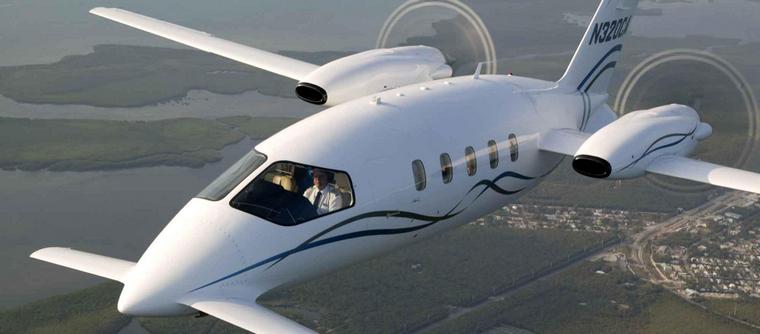 Financially beleaguered Piaggio Aerospace is getting a boost from the Italian Defence Ministry, which confirmed commitments amounting to about €700 million ($798 million) that include the acquisition of nine new Avanti Evos, the upgrade of 19 current Avantis, engine maintenance and logistics support. Photo © Piaggio. "The definition of the operational needs of the Italian armed forces and the availability of the relevant budgets, communicated yesterday by the Italian government in Rome, allows the company to restart," said Vincenzo Nicastro, extraordinary receiver of Piaggio Aerospace. "The timetable announced, which foresees the signing of the first new contracts as early as the end of this month, will support the company's commitment to regaining market share in all the sectors in which it operates."  BELL PROGRESSING ON NOD FOR 525 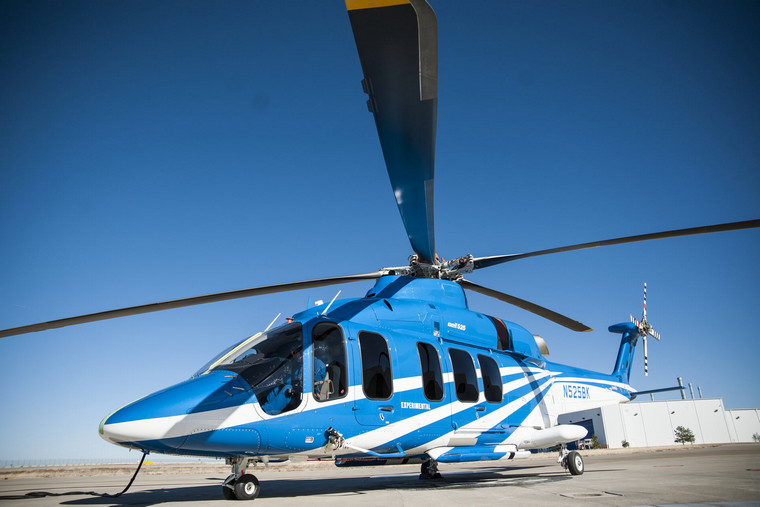 Bell's 525 Relentless super-medium twin continues to chip away at certification, with more than 1,000 hours logged in the air and four flight-test aircraft, but Bell CEO Mitch Snyder was hesitant to specify a certification timeline. Photo © Bell. While the FAA has come under scrutiny for its processes involving certification of the Boeing 737 Max, Snyder said he hasn't seen a change in its working relationship with the agency. He was upbeat about the progress of the certification program, saying, "This is going really well. We're progressing down a path." The company has three helicopters flying in Fort Worth, Texas, and a fourth anticipated to transfer there soon from Amarillo, Texas.  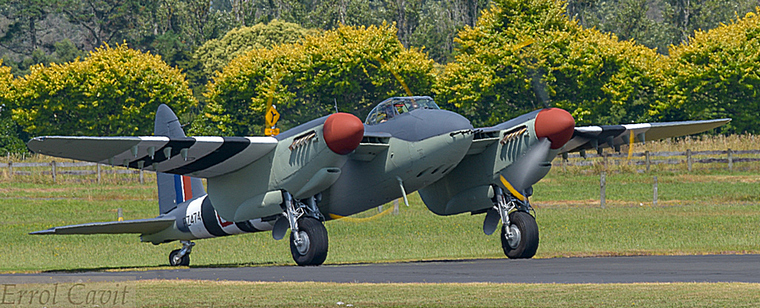 This will be the first appearance at EAA AirVenture Oshkosh of Rod Lewis' Mosquito after a five year, $10 million restoration. Rod's Mosquito is one of only four airworthy examples of the type in the world. Photo © Errol Cavit Rod's Mosquito will be available for viewing in the Warbirds are during the week of AirVenture and is scheduled to be at Warbirds in Review on Monday, July 22, at 10 a.m.  1940'S CULVER CADET HELPS CELEBRATE 50 YEARS 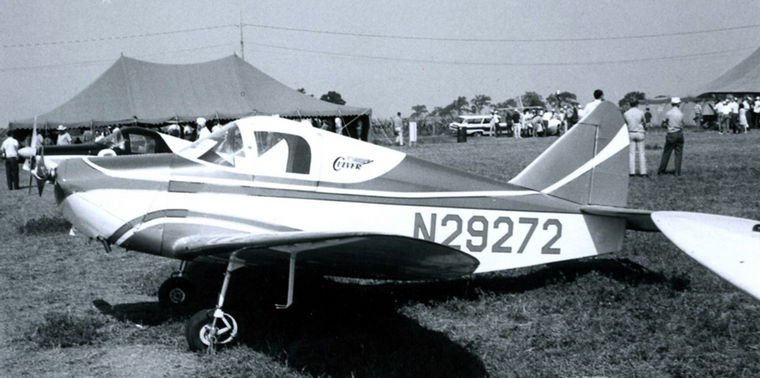 Culver Alton Akers, EAA 54153, was shocked and excited to learn that his 1940 Culver Cadet was here for the first EAA Oshkosh in 1970. Alton said that he has always been an airplane nut, thanks to his dad. He learned to fly in 1969 in his father's Bellanca Cruisair and helped him to do a full restoration on it. "We sold that and bought another Bellanca in 1958, so I really liked low-wing, retractable gear airplanes," Alton said. "When we saw the Culver, it's a lot smaller but similar and less expensive and more economical to operate." Alton came across the Culver Cadet when he and his wife were walking around at the Arlington Fly-In in Washington in 2002. They met a man who had flown in from Eugene, Oregon, in a Culver Cadet that just so happened to be for sale. "It was in really good shape, it had been restored in '92 in Florida and it had been repainted just before I bought it by a very talented guy. So, the plane pretty much looked like new," Alton said. After he bought it, Alton did a lot of internal work. Alton rebuilt the landing gear, and performed a major overhaul on the engine. All-in-all, it took Alton about three years to finish the internal work and it has been flying ever since. "Mine is completely stock except for the brake system I put in," Alton said. "It has the original engine; the panel is just like it was when it was new. It's a very basic panel, no starter, no electrical system, no lights." Alton's Culver Cadet along with several other aircraft that will be returning to EAA AirVenture Oshkosh since their first appearance in 1970, will be parked in front of the Brown Arch for viewing throughout the week.  LEONARDO: AW169 HELICOPTER ENTERS EUROPEAN CREW CHANGE OFFSHORE MARKET WITH NHV GROUP ORDER 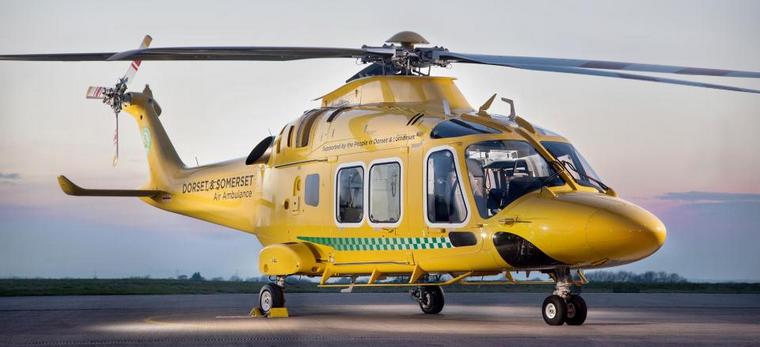 Leonardo has announced to have recently signed a contract for two AW169 light intermediate helicopters with helicopter service provider NHV Group. The aircraft, expected to be delivered between 2019 and 2020, will be used by NHV to perform offshore transport operations in UK and North Sea area. Photo © Leonardo. With offshore and onshore operations in Europe and West Africa, NHV Group delivers a range of services including oil & gas support, EMS/SAR, transport and aerial works. Already being an established AW139 operator for longer range and higher capacity offshore missions, with the AW169 NHV Group is now expanding its fleet of Leonardo helicopters supporting the oil & gas industry with latest generation technology. The only new generation light intermediate twin engine helicopter in the market in nearly 40 years, the AW169 design and versatility is demonstrating extremely successful across geographies with orders for over 200 units from more than 80 customers in over 30 nations to date. More than 70 aircraft are in service worldwide. In Norther Europe, in addition to passenger transport and rescue tasks, the AW169 has also been chosen for windfarm support and law enforcement.   USA, Dillingham Airfield Hawaii: Eleven persons died when a Beechcraft King Air A90 operated by Oahu Parachute Centre hit terrain immediately after take-off from Dillingham Airfield. The aircraft banked left following take off and then came to rest inverted north of the runway leaving a debris field of approximately 2,500 square feet and caught fire. The crash is the deadliest accident involving a civil airplane in the U.S. since 2011. Germany, south of Nossentiner Hütte, Müritz: Three German Air Force Eurofighter Typhoons of the TLG73 "Steinhoff" from Rostock-Laage were flying an air combat mission when two collided mid-air and crashed. Both pilots ejected. One of the pilots survived and landed in a tree. The other was killed. USA, Dallas-Addison Airport: A Beechcraft B300 King Air 350i operated by EE Operations LLC with ten on board was destroyed after impacting a hangar during take-off at Dallas-Addison Airport (ADS/KADS), Dallas, Texas. A post-impact fire ensued. The ten occupants on board received fatal injuries. A Falcon jet and a helicopter inside the hangar sustained some damage. Russia, Nizhneangarsk: An Angara Airlines Antonov AN-24 on a flight from Ulan-Ude to Nizhneangarsk with 43 passengers and 4 crew on board, was on approach to Nizhneangarsk when the left hand engine failed. The aircraft landed on Nizhneangarsk's runway 22 in the touch down zone at following a stable approach, rolled out on the centre line for some distance, then veered right off the runway, went over soft ground and impacted a building, a fire broke out. The captain and flight engineer were killed in the accident, 44 people were able to evacuate or were rescued, 7 people were injured, 37 people remained uninjured including first officer and flight attendant. The aircraft was destroyed. Venezuela, Canaima: A British Aerospace Jetstream 32 operated by Transmandu burst a tyre when landing at Canaima Airport. The aircraft veered of the runway and the right hand side caught fire. The Aircraft then came to stop in rough terrain where all the occupants were able to evacuate un injured. USA, New York: Tim McCormack, the pilot who crashed on top of a New York City high rise building was lost and flying in and out of clouds just before the accident, according to a preliminary report from the National Transportation Safety Board (NTSB). McCormack did not have an instrument rating and did not report anything mechanically wrong with the aircraft. Before the fatal flight, McCormack mentioned to staff at the heliport that due to weather he had a twenty-minute window to make it out. After taking off, he made a request to return to the heliport about five to seven minutes after departure because he "did not know where he was." Tim McCormack was killed after he conducted a hard landing on top of the Midtown building on the afternoon. USA, Tongass Narrows, Ketchikan: A de Havilland Canada DHC-2 Beaver MK1 operated by Pacific Airways/V2 Aviation LLC with five on board capsized in the waters of Tongass Narrows in Ketchikan, Alaska. The floatplane partially submerged, sustaining apparent substantial damage. One of the five occupants on board received minor injuries.   American truck driver Larry Walters lifts off from the back yard of a home in San Pedro in a homemade cluster of 45 helium filled balloons attached to a lawn chair. 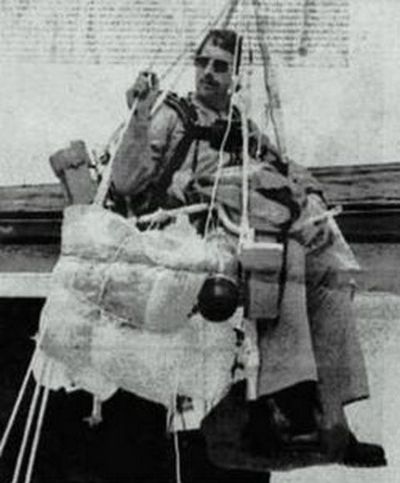 However, Walters was immediately arrested by waiting members of the Long Beach Police Department. Walters initially was fined $4,000 for violations under U.S. Federal Aviation Regulations, including operating an aircraft within an airport traffic area "without establishing and maintaining two-way communications with the control tower." Walters appealed, and the fine was reduced to $1,500. A charge of operating a "civil aircraft for which there is not currently in effect an airworthiness certificate" was dropped, as it was not applicable to his class of aircraft. Later in his life, Walters hiked the San Gabriel Mountains and did volunteer work for the United States Forest Service. On October 6, 1993, at the age of 44, Walters committed suicide by shooting himself in the heart in Angeles National Forest.  |
                  |
 |
 |

Copyright © Pilot's Post PTY Ltd
The information, views and opinions by the authors contributing to Pilot's Post are not necessarily those of the editor or other writers at Pilot's Post.